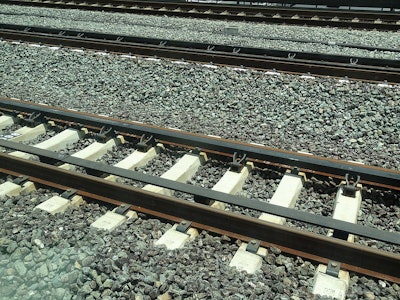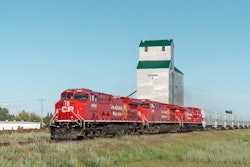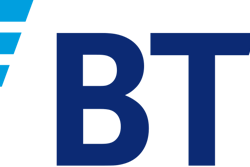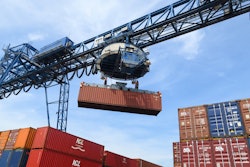
In a statement submitted this week, the National Grain and Feed Association (NGFA) supported the federal Surface Transportation Board’s (STB) proposal to increase to $900 million the revenue threshold used to determine whether a freight railroad continues to be classified as a Class II carrier.
But in so doing, NGFA urged the agency to be cognizant of the increasing size, revenues and regional dominance of Class II railroads when determining whether and when to subject such carriers to prudent regulation to protect the interests of rail customers.
The STB proposal, also supported by NGFA’s Montana affiliate – the Montana Grain Elevator Association, was triggered by a petition submitted to the agency by Montana Rail Link Inc. (MRL), a regional Class II railroad, which sought the increase from the $504,803,294 revenue threshold at which a carrier currently is deemed to be a Class I railroad.
MRL said it anticipated reaching the current Class I threshold by 2022, at which time it would be required to submit accounting, financial and other regulatory reports to the STB. In its petition, the railroad estimated these additional regulatory requirements would cost “at least an additional $150,000 annually,” plus the costs associated with converting its accounting system, training employees, and maintaining and recording the reports. Further, it said, being classified as a Class I railroad would make it ineligible for shortline rehabilitation tax credits – the carrier said it currently receives $3 million annually from this tax credit to invest in its infrastructure. NGFA further noted MRL also no longer would qualify for the Federal Railroad Transportation Administration’s Railroad Rehabilitation and Infrastructure Express Program that provides funds to Class II and III carriers to repair tracks, many located in rural areas.
NGFA说一般同意新加坡旅游局的状态ment, that after reviewing MRL’s petition, “it does appear that regional railroads, such as MRL, even with revenues approaching the current threshold, function more like significant Class II carriers and do not possess the comparative attributes (e.g., operational characteristics) of Class I carriers.” NGFA also concurred with the STB’s statement that, “[m]oreover, MRL provides a persuasive argument that the benefits of certain Class II carriers becoming Class I carriers under the Board’s existing revenue thresholds would not outweigh the burdens that would be imposed on the newly classified carriers.”
But NGFA noted that Class II railroads are becoming increasingly large and market dominant in the regions in which they operate. For instance, NGFA said the STB should allow rail customers to challenge Class II rail rates they believe are unreasonable under simplified procedures currently being developed by the agency, as well as to direct that Class II railroads provide competitive switching to alternative carriers to enhance rail competition if the STB reexamines such rules in the future.
" ... As with many Class II railroads, MRL is a significant regional carrier that has a virtual monopoly on all rail traffic in Montana, and it often exercises that market power with its customers in a manner not dissimilar from Class I carriers,” NGFA said. “As Class II carriers continue to increase their size, geographic reach and revenues, the latter of which would be permitted under the (rulemaking), NGFA believes the STB should be vigilant to also adjust its regulatory oversight and standards that apply to the practices and rates established by such railroads.”
MRL is one of the largest U.S. Class II railroads, operating more than 900 route miles of track in Montana and Idaho, and interchanges with the BNSF Railway Co. More than 23% of MRL’s traffic volume is grain.
The STB’s proposal would retain the current revenue threshold for Class III carriers as being $40.4 million or less. The new thresholds would be calculated in 2019 dollars and indexed for inflation.
Read NGFA’s full statementhere.





















